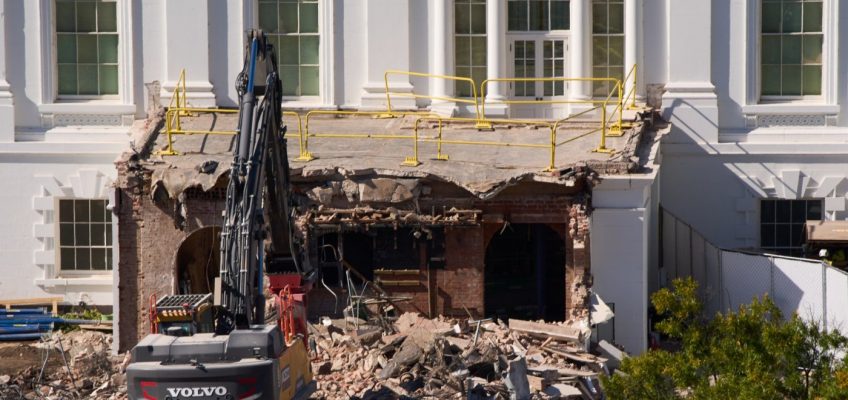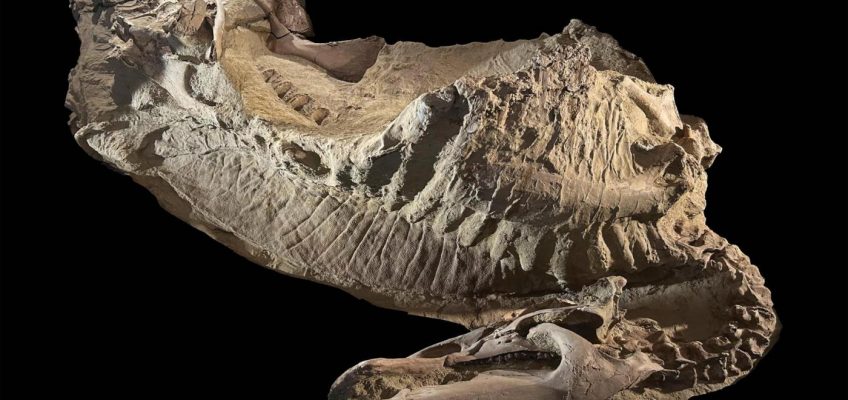“What a horrible story! What a hideous play!” a theater critic for the Daily Telegraph lamented after the London premiere of “Hedda Gabler” in 1891. Victorian audiences were repelled by Henrik Ibsen’s fatally attractive newlywed who appears to have it all — the fancy house, the doting husband — only to be violently bored.
But writer-director Nia DaCosta (“Candyman,” “The Marvels”) and her star Tessa Thompson understand Hedda down to the pretty poison in her molecules. Their rollicking redo, set from dusk to hangover at a drunken bacchanal, is vibrant and viciously alive. With apologies to Ibsen’s ghost, DaCosta’s tweaks have sharpened its rage. I don’t think that long-dead critic would like this “Hedda” any better. I think it’s divine.
Thompson’s Hedda is a clever, status-conscious snot raised to believe that her sole purpose is to be a rich man’s wife. With no hobbies or career and no interest in motherhood, her only creative outlets are squandering money and machinating the success of her milquetoast husband, middlebrow academic George (Tom Bateman), who has such a flimsy hold on his bride that his last name might as well be attached to hers with Scotch tape. (It’s Tesman and it’s pointedly rarely used.) Hedda doesn’t love George. In fact, she seems to think he’s a whiny little worm. But she’s dead-set on securing him a promotion to afford her expensive tastes.
If Hedda had been born a man, she’d be leading armies into battle like her late father, General Gabler, who spawned her out of wedlock. Instead, she takes out her aggression on civilians. Using her charm offensive, Hedda goads naive spouses to cheat, recovering alcoholics to drink and depressives to wander off into the darkness with a revolver. Some of her havoc is calculated, most of it is out of pique that others are living braver, more fulfilling lives. All of it feels like a cat tipping over water glasses just to see them shatter. Like the nasty seductress of “Dangerous Liaisons,” she’s a warning that frustrated women aren’t merely a hazard to themselves — they’re a menace to the society that made them.
Inspired by her antihero, DaCosta manipulates Ibsen to suit her own goals. She’s updated the play’s setting to 1950s England, a similar-in-spirit era in which well-bred women were kept domesticated. (I can’t wait for someone to do a version among the tradwives of Utah.) From there, DaCosta has smartly tightened the narrative, which used to have a key scene at an off-stage bachelor party to which Hedda was pointedly not invited. “What a pity the fair lady can’t be there, invisible,” Ibsen’s Hedda grumbled at being left home while the men got to carouse.
In DaCosta’s version, the whole drama unfolds during a martini and cocaine-fueled rager at Hedda’s mansion, a party she’s throwing to impress George’s potential new boss, Professor Greenwood (Finbar Lynch), who she hears has a bohemian streak. At her own happening on her own turf, Hedda couldn’t be more visibly in command. She rallies the guests to hurl her former classmate, Thea (Imogen Poots), a wretchedly earnest drip, into a nearby lake and gets the whole room grooving to a dance band’s cover of “It’s Oh So Quiet,” the swinging hit that the Icelandic pop singer Björk would popularize a half-century later. It’s a great song pick with manic crescendos — You blow a fuse, zing boom! The devil cuts loose, zing boom! — that capture Hedda’s feverish mood shifts.
We know this evening will go wrong from the film’s opening shot of Hedda facing down two policemen who keep interrupting her explanation of the last 24 hours. “Where should I start?” she says with smothered exasperation. As we cut back to watch the night unfold, a shot of Hedda surveying the crowd from an upstairs landing feels like she’s looking at a game board — Clue, perhaps? — with a weapon stashed in every room. Which threat is most pressing? The pistols she keeps in a leather box, the precarious crystal chandelier or the lake’s deep waters outside?
Thompson is marvelous in the role. Even the way she chomps a cherry off a cocktail toothpick has menace. I first saw her as the lead in “Romeo and Juliet” at a 99-seat theater in Pasadena when she was barely 20 years old (there’s so much talent in our small stage scene), so it’s a nice reminder that the funny and soulful actor of the “Thor” and “Creed” franchises is also a hell of a good classical performer and a worthy star on her own.
She wears Hedda’s lovely mask with confidence — red lips, lush cheekbones, cool demeanor — and periodically allows it to slip. Editor Jacob Schulsinger often allows Hedda a tiny hesitation before she charges ahead ruining people’s lives, long enough to know that she’s considering the consequences. “Sometimes I can’t help myself, I just do things all of a sudden on a whim,” she admits to the nosy Judge Brack (Nicholas Pinnock), revealing a sliver of weakness. She’s almost (nearly) asking for help. Yet, the judge just wants to maneuver her into bed. How tedious.
DaCosta boldly layers race and sexuality on top of Ibsen’s tale. She’s gender-swapped Hedda’s ex-lover, Eilert, into a lesbian named Eileen (a swaggering Nina Hoss), a brilliant, openly norm-defying author who is George’s job-seeking competition (and the only person Hedda enjoys kissing). If earlier incarnations of Hedda didn’t dare defy social rules when she was white and straight, being Black and queer adds so much additional peril that the script barely needs to say out loud. The new tension is there in just a few whispers, as when Hedda overhears a guest murmur that their hostess is “duskier than I thought she would be.” Hedda doesn’t acknowledge the slight. That would mean admitting vulnerability. She simply starts destroying the speaker in the very next scene.
What’s wiser? Eileen’s determination to face down the boys and be accepted for her full self or Hedda sneaking around and steering everyone’s fates behind the scenes? They can’t team up — they’re doomed to tear each other to shreds. And as much glee as we get watching Hedda’s rampage, it aches to see these two formidable women reduce each other to hysterics (to use the medical diagnosis of the day).
From our 21st century perspective, they both have a right to be mad and they both might be mentally ill. DaCosta doesn’t offer a verdict, but she plunges us so deeply into Hedda’s headspace that we can hear how certain things set her off. Insults hit her with a knife-like hiss of air; fresh schemes get her charging around to Hildur Guðnadóttir’s tumultuous, percussive score.
Costume designer Lindsay Pugh has done incredible work outfitting the film’s central female roles. Hedda wears bullet-like strands of pearls that choke her neck and a jade-colored gown that seems to molder into a festering, jealous shade of green. When her rival, Poot’s Thea, arrives underdressed, Hedda forces her into a hideous frock with fussy bows and an ungainly skirt. Poots, her nose raw and red, her character kicked when she’s down, gamely looks a fright, trusting that moral fiber will expose Hedda’s ugly insecurities.
But Pugh’s stroke of genius is putting Eileen not in some sort of mannish suit but in a bombshell dress that highlights her curves like a primal goddess. It’s pure feminine power — just like the film itself — and when Eileen struts into a room of her all-male colleagues, that dress exposes how fast the tenor can shift from awe to jeers and how little wiggle room she or any woman has for error.
Related Articles
Movie review: ‘Springsteen’ is more character study than biopic
Movie review: Hang up on dreadfully boring ‘Black Phone 2’
‘After the Hunt’ review: Luca Guadagnino’s latest misses the moment
Movie review: ‘Urchin’ a searing portrait of addiction and homelessness
‘Kiss of the Spider Woman’ review: Film adaptation sings with beauty




